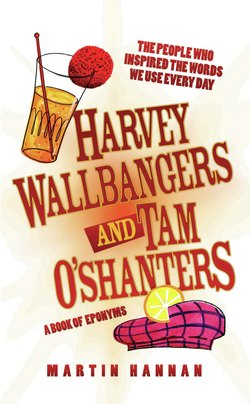Читать книгу Harvey Wallbangers and Tam O'Shanters - Martin Hannan - Страница 16
На сайте Литреса книга снята с продажи.
BYRONIC
ОглавлениеThe most common meaning of Byronic is to describe somebody that is both heroic and flawed, much like Lord George Gordon Byron (1788–1824) himself.
The 6th Baron Byron could hardly have been anything other than ‘mad, bad and dangerous to know’, as he was famously described by his lover Lady Caroline Lamb, not least because he was the son of ‘Mad Jack’ Byron, was born with his right foot clubbed, and endured an ‘interesting’ childhood which involved seduction by his governess at the age of ten, the same age as he inherited the barony of Byron.
He became the first and, some would say, greatest of the Romantic poets who bestrode English literature in the early 19th century. Many decades before an anti-hero was even defined, Byron created a ‘hero’ very much based on himself in Childe Harolde’s Pilgrimage, his semi-autobiographical narrative poem that took him six years to complete. In the poem, Byron depicted himself as clever, arrogant, sexually louche, cynical, moody but always brave. Similar tragic and tortured heroes appeared in several more of Byron’s poems and his play Manfred. Byronic heroes littered novels and poems from then on, and their traits can still be seen in our modern anti-hero.
There is no doubting Byron’s personal courage, as he embraced unpopular political causes and played a leading role in the Greek independence campaign, though he died before seeing battle. Nor can his ‘mad’ traits be discounted, so this eponym is definitely accurate.
